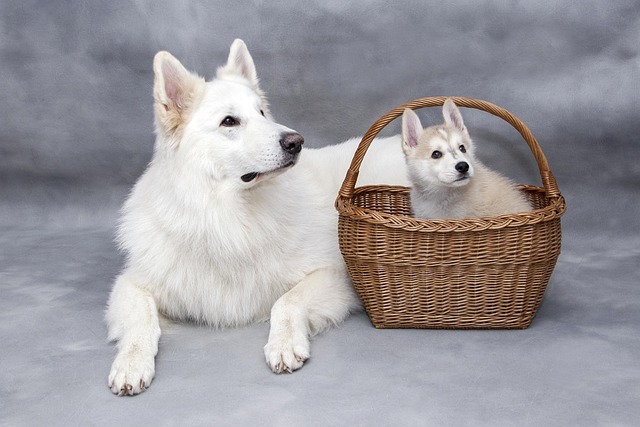
Can a dog recover from heat stroke at home
It’s a scorching 102°F afternoon in Phoenix, and your Labrador, Max, collapses mid-walk—panting so hard his tongue hangs purple, legs wobbly as he tries to stand.
Many dog owners panic when their furry friend starts leaving tumbleweeds of hair around the house, wondering if this level of shedding is normal. While all dogs shed to some extent, excessive shedding in dogs often signals something isn't quite right. It goes beyond the usual seasonal coat blowouts and can stem from various factors – stress, allergies, parasites like fleas or mites, underlying skin infections, or even hormonal imbalances. Recognizing the difference between natural shedding and problematic hair loss is the crucial first step for any concerned pet parent.
What often surprises owners is the profound impact nutrition has on their dog's coat. That bag of generic kibble might be costing you more in vacuum bags than you realize. Scientific research consistently links poor diet quality to dull coats and increased shedding. Skin and hair are metabolically active tissues requiring a constant supply of specific nutrients. Deficiencies in high-quality, digestible proteins – the building blocks of hair – essential fatty acids like Omega-3s and Omega-6s (found abundantly in fish oil), and key vitamins and minerals (especially Biotin, Zinc, and Vitamin E) can directly compromise coat integrity, leading to brittle hair that breaks and sheds excessively. Think of your dog's coat as a direct reflection of what's going in their bowl.
Tackling excessive shedding effectively requires a multi-pronged, holistic approach. Start from the inside out by upgrading their diet – more on that next. Then, implement a consistent grooming routine. Brushing isn't just about removing loose hair; it stimulates healthy skin circulation and distributes natural skin oils. The right tools make all the difference: undercoat rakes for double-coated breeds, slicker brushes for medium coats, and gentle bristle brushes for short-haired dogs. Aim for several short sessions weekly, not just one marathon. Bathing helps too, but don't overdo it – monthly with a gentle, moisturizing oatmeal or aloe shampoo is usually sufficient for most dogs, as over-bathing can strip essential oils. Don't overlook environmental factors; managing household allergens and ensuring your dog isn't stressed (boredom or anxiety can manifest physically) are part of the solution. How to reduce dog shedding naturally involves this blend of nutrition, care, and environment.
Choosing the right fuel is paramount. When selecting food to combat shedding, scrutinize the ingredients panel. Prioritize formulas where named animal proteins (like chicken, salmon, or lamb) are the first ingredients, indicating a high protein content crucial for hair growth. Seek out explicit sources of Omega fatty acids – look for "fish oil," "salmon oil," or "flaxseed" listed, not just vague mentions of "animal fat." Foods enriched with Biotin, Zinc, and Vitamin E are advantageous. The best diet for dogs with excessive shedding is often a high-quality commercial food meeting AAFCO standards for "Complete and Balanced" nutrition, or a carefully formulated homemade diet under veterinary guidance. Be wary of fillers like corn, wheat, and soy, which offer little nutritional value and can sometimes trigger sensitivities contributing to skin and coat issues. Nutritional tips for dog shedding emphasize quality protein and targeted fats.
Despite your best efforts with diet and care, sometimes excessive shedding points to a medical problem requiring professional intervention. If you notice sudden, dramatic hair loss, bald patches, inflamed or red skin, excessive scratching or licking, sores, or a change in the coat's texture alongside shedding, it's time to call your vet. Conditions like hypothyroidism, Cushing's disease, autoimmune skin disorders, severe allergies, or fungal infections can all manifest as hair loss. A thorough veterinary exam, potentially including skin scrapings, blood tests, or allergy testing, is essential for an accurate diagnosis. Treating the root cause, whether it's a hormone imbalance, a parasite infestation, or a specific allergy identified through dog shedding causes and treatment investigation, is the only way to resolve the shedding effectively. Never assume it's "just shedding" when significant changes occur; prompt veterinary consultation protects your dog's health and your peace of mind.

It’s a scorching 102°F afternoon in Phoenix, and your Labrador, Max, collapses mid-walk—panting so hard his tongue hangs purple, legs wobbly as he tries to stand.
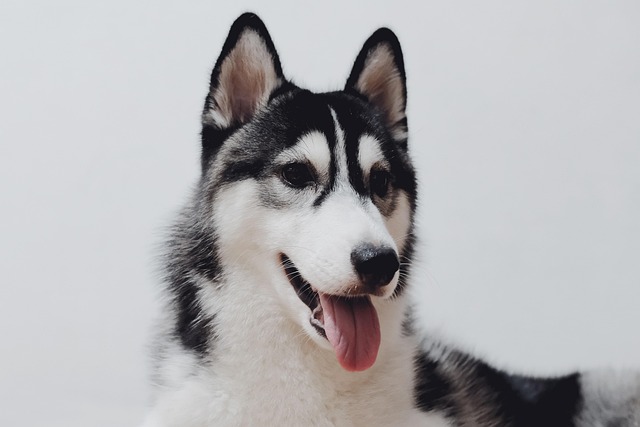
If you're a Husky owner,you know these beautiful,energetic dogs have a unique personality.They're playful,curious,and full of life,but sometimes their strong prey drive and independent nature can make it tricky for them to get along with other dogs.
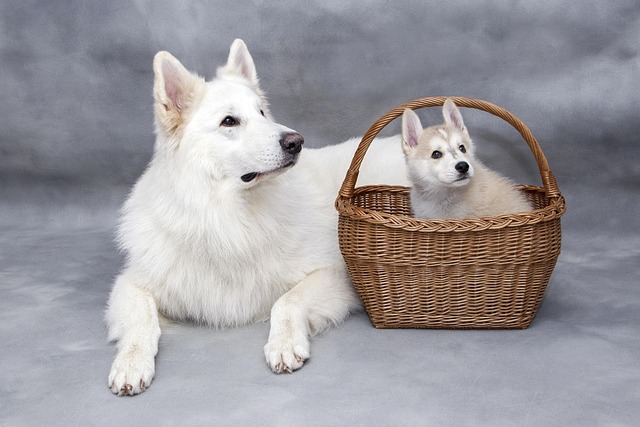
It’s a rainy Tuesday in your Chicago apartment, and your cocker spaniel, Luna, is shaking her head so hard her ears flop like wet rags.
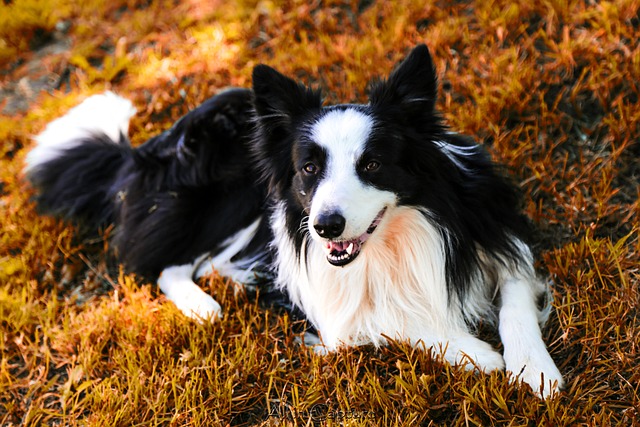
It’s a humid July afternoon in Atlanta, and your border collie, Mia, is lying flat on the bathroom tile, tongue lolling, instead of chasing her ball like usual.

You're walking your French Bulldog, Bruno, through Central Park on an 85°F afternoon when he suddenly plops down on the grass, tongue hanging like a wet rag.
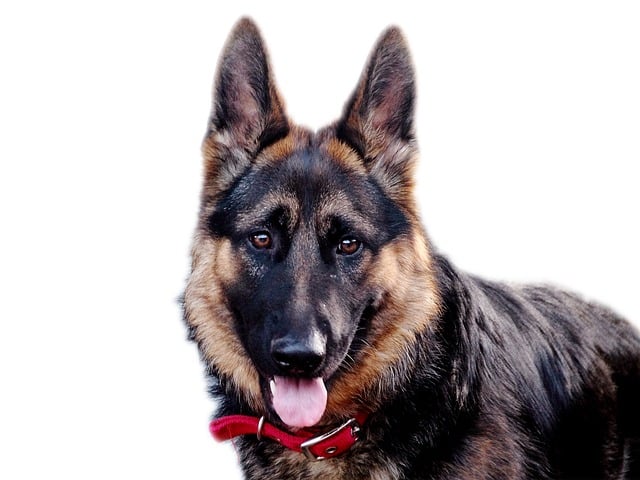
It’s a sticky July night in your Houston apartment, and your golden retriever, Max, is pacing instead of napping. His tongue lolls, paws pattering across the carpet as he circles his bed